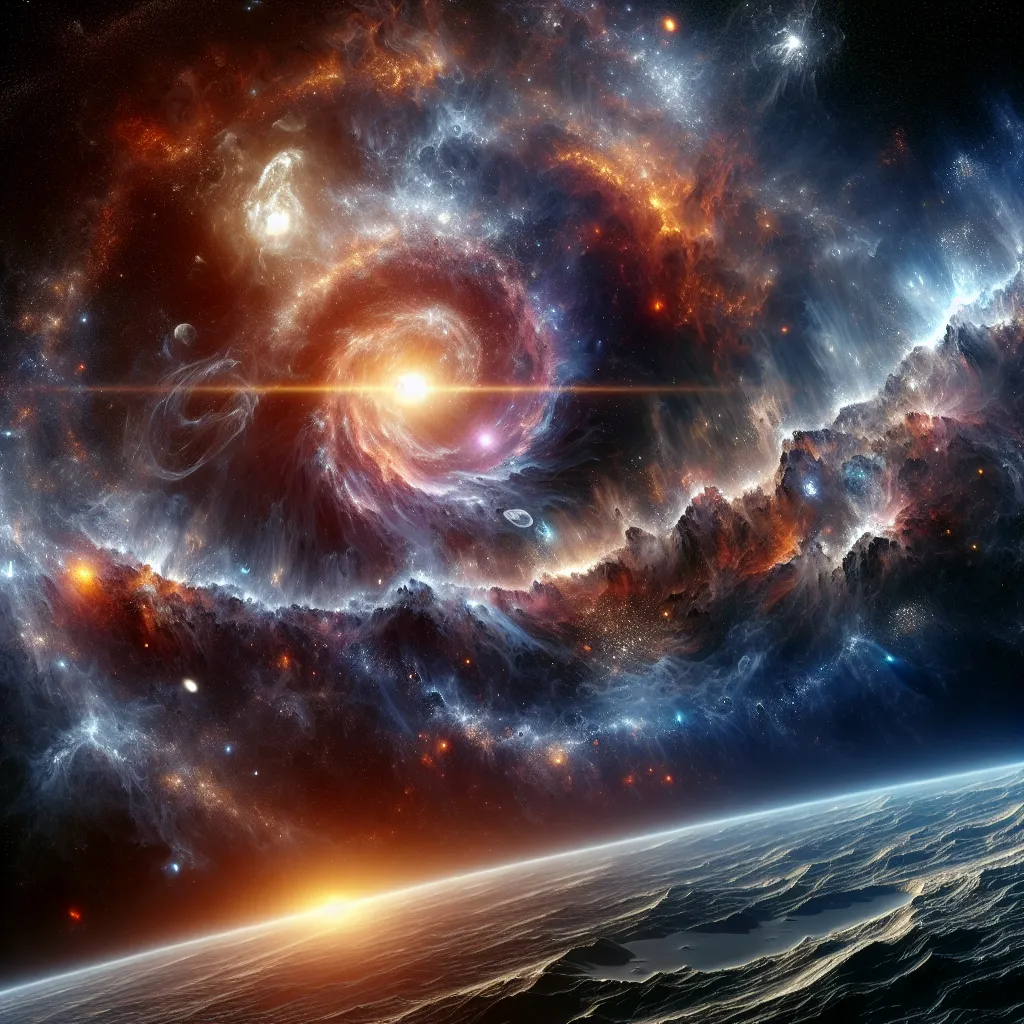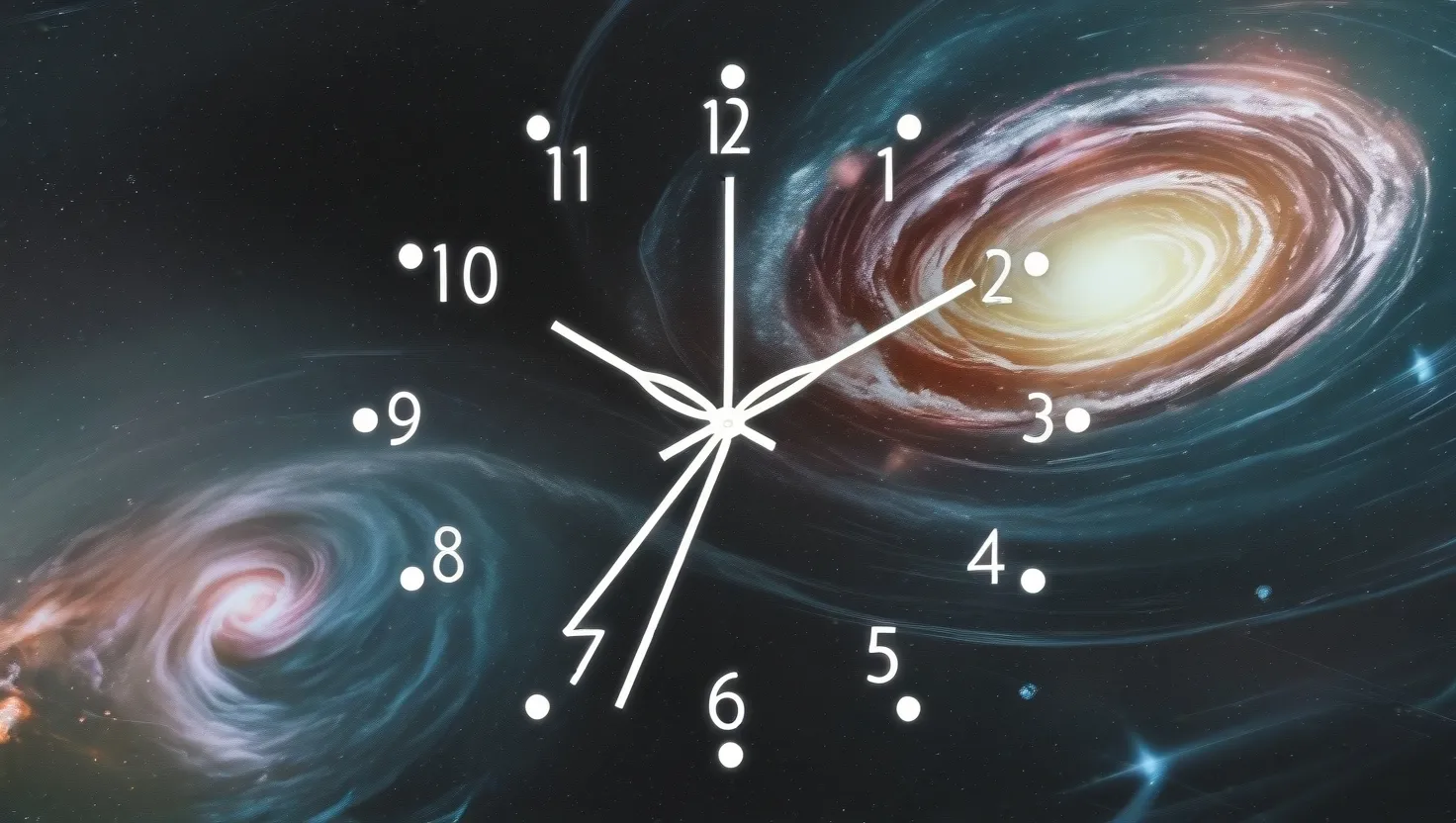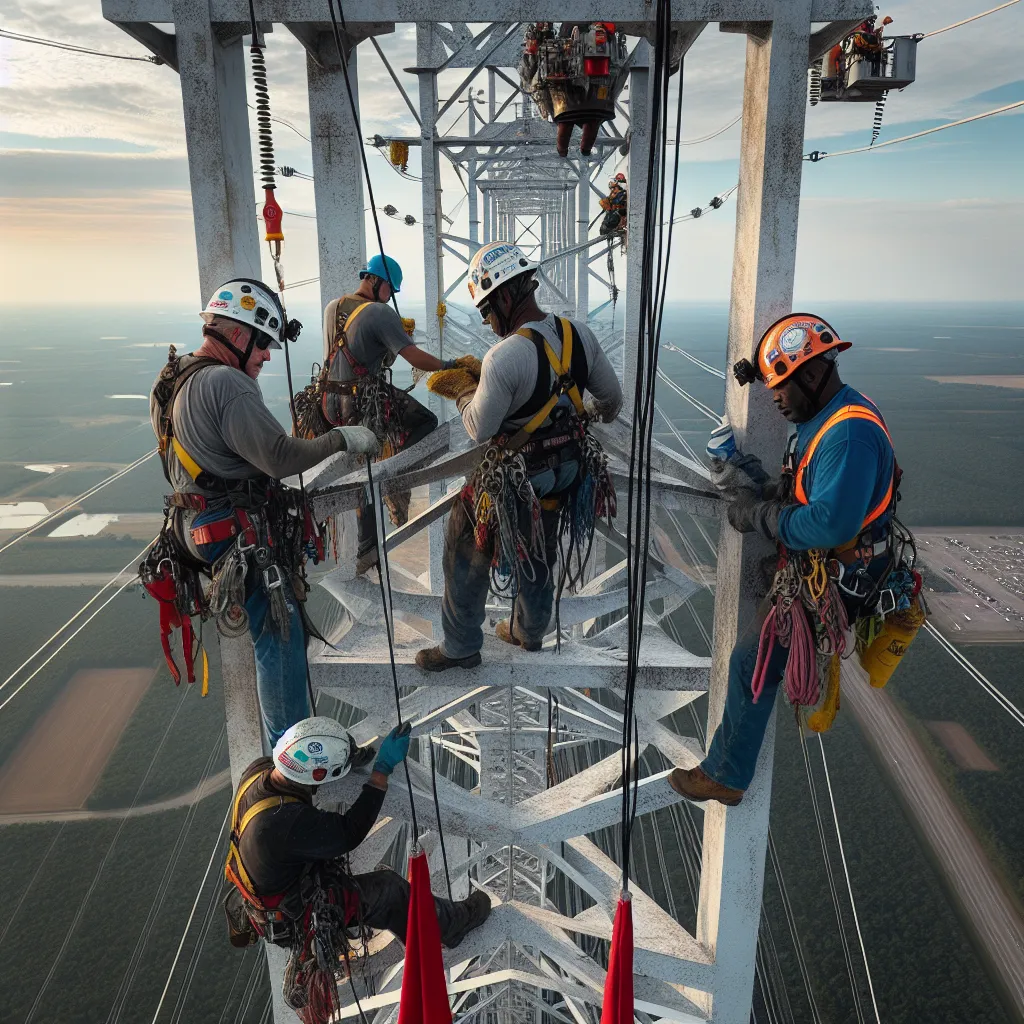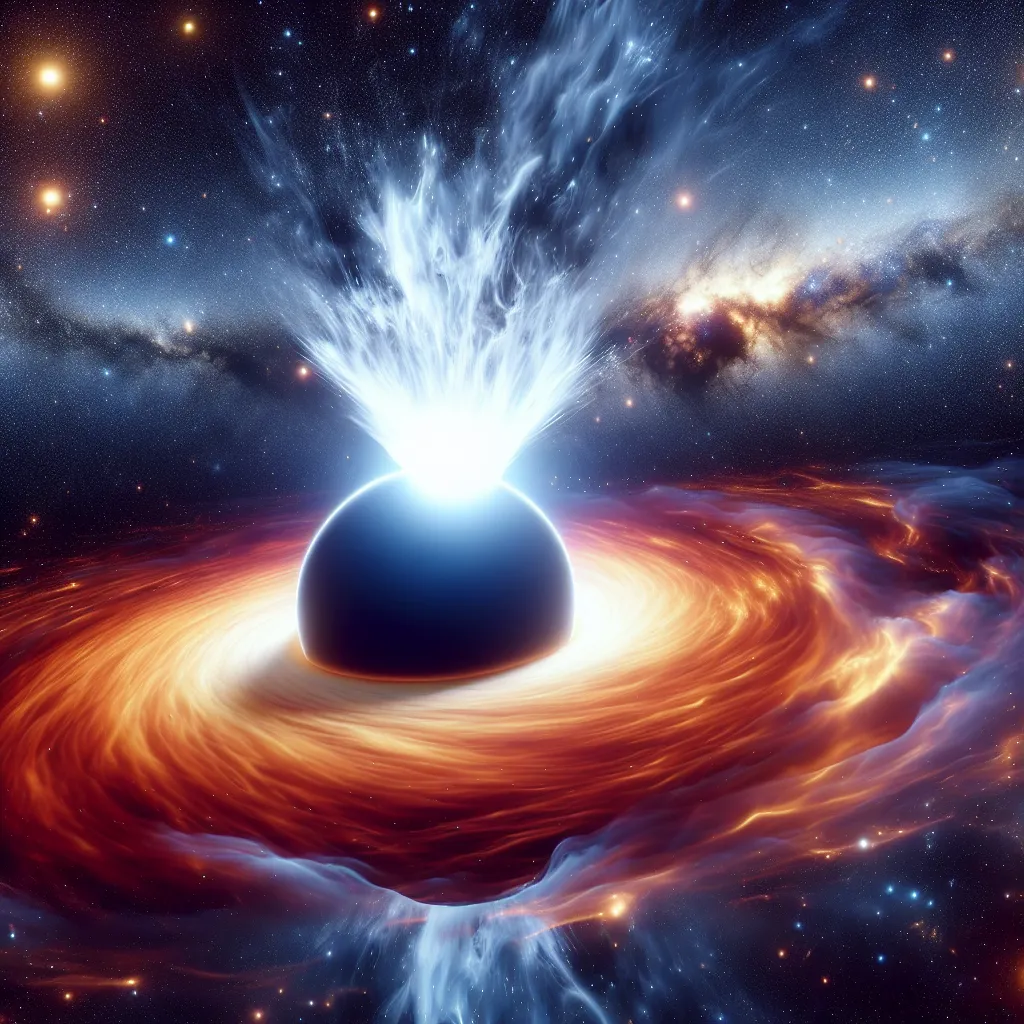Discovering where we came from and aiming to understand our ultimate destiny has been one of humanity’s greatest quests throughout history. We have questioned our origins and our future, and at the dawn of a new millennium, we stand on the threshold of understanding the universe’s beginning and its eventual end. Cosmologists around the world are tirelessly working to unlock the mysteries of the universe’s origin and fate.
One such cosmologist, Bob Kirshner, embarked on a journey to Chile to measure the universe’s gravitational forces, seeking to understand how gravity influences the universe’s expansion. Historically, we’ve known the universe is expanding, a discovery that dates back to the Big Bang. However, the surprising revelation from Kirshner’s research is that the universe isn’t just expanding—it’s speeding up.
To foresee what the future holds, cosmologists first need to unravel what transpired at the universe’s inception. Time, as we understand it, did not exist before the universe was created. Tracing back to the beginning, the universe was once incredibly dense and hot. Before the Big Bang, there was nothing—no space, no time. A tiny, seething mass of energy grew out of this nothingness, erupting into the violent and unimaginably hot birth of our universe.
The unfolding of the Big Bang over a fraction of a second led to rapid inflation, expanding the universe to an astounding extent in an instant. Einstein’s famous equation, E=mc², showed that energy could convert into mass, laying the groundwork for us to understand the origins of the universe. Within a millionth of a second, the universe was overwhelmed by energy, transforming into matter and antimatter. The ensuing cosmic battle resulted in the victory of matter, forming the stars and galaxies we see today.
Surprisingly, traces of this initial cosmic battle are still with us, detectable even in the static of a badly tuned TV set. The discovery of the Big Bang’s afterglow was an accidental yet monumental scientific breakthrough, earning two American scientists, Bob Wilson and Arno Penzias, the Nobel Prize.
As the universe expanded, hydrogen and helium began to form, eventually creating the first generation of stars and galaxies. The atoms forged in the embryonic stages of the universe are those we find in our bodies and all around us today. Every sip of water contains hydrogen atoms birthed at the universe’s dawn.
Our understanding of the universe’s immensity begs us to explore further. Traveling from Earth to the farthest reaches of the visible universe, we encounter stars, galaxies, and the vast emptiness of space. Galileo’s telescope, first pointed to the heavens nearly 400 years ago, and modern telescopes have allowed us to look back in time, where light from distant objects tells the story of billions of years.
The Hubble Space Telescope has given us unprecedented views of deep space, capturing vivid images of star births and deaths, and revealing galaxies formed billions of years ago. These detailed images help map our place in the universe, as astronomers continue to create a comprehensive 3D map of nearby galaxies.
Delving into the cosmos reveals a meteor storm of cosmic creations. These cosmic discoveries highlight the energy and celestial activities that govern our universe. The creation of the Earth from a cloud of dust and gas, possibly triggered by a supernova shock wave, outlines the dramatic events leading to the formation of our planet.
The Earth, enduring the violent early stages of the solar system, amassed into its current geoid shape, determined by gravity’s relentless force. The Moon’s formation from a massive collision with a Mars-sized object stabilized Earth’s axial tilt, ensuring a conducive environment for life.
Billions of comets and asteroids brought indispensable water to Earth, offering the foundational block for life. This tumultuous beginning underscores the delicate balance and astronomical odds necessary to create a habitable planet like Earth.
Exploration of space continues as we search for exoplanets—distant worlds that could harbor life, driven by missions like the Kepler Space Telescope. Observations suggest billions of exoplanets exist within our galaxy, some potentially mirroring the Earth’s environment.
In conclusion, our pursuit in understanding the cosmos and our place within it bridges the gap between curiosity and discovery. From the cosmic eruptions that shaped our universe to the observable traces within our night sky, the narrative of our existence is deeply interwoven with the universe we inhabit. And as we continue this monumental quest, we edge closer to comprehending the grand design of everything around us.






